This was published 3 years ago
Australia state border closures: Seven of the strangest things in our 100 years of borders
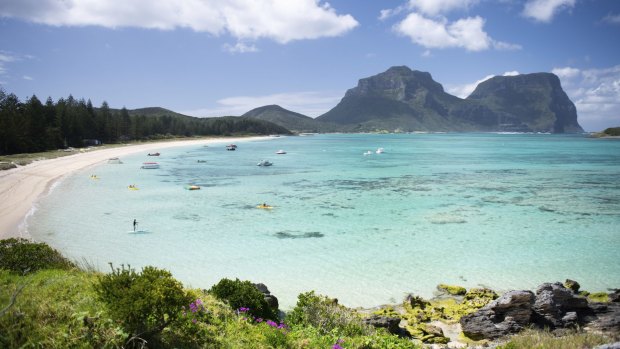
Lord Howe Island: 600 kilometres from the NSW coast, but officially still part of the state.Credit: tom-archer.com/Tourism NSW
"Crow-eaters", "Cockroaches", "Banana benders", "Gumsuckers" (even "Mexicans", according to one Sydney news outlet) - despite the names we give to our fellow Aussies from other states, we mostly get along pretty well.
Which is one reason the current lockdown affecting interstate travel comes as a shock.
This is the first time in 100 years that states have closed borders against neighbouring states. Under the constitution, one state cannot discriminate against Australian citizens who are residents of another state, but there are exceptions. For example, when a state considers it necessary to protect the wellbeing of its citizens, as in the present circumstances, and therefore the current border closures in the interest of public health would likely survive a courtroom challenge.
But there are a few anomalies in our state borders. Most have been ironed out over the course of history, but some might give you pause for thought.
The railway gauge conundrum
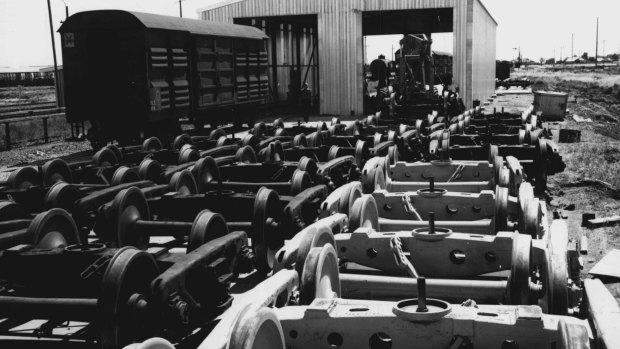
Credit: Fairfax Media
When Australia's colonies began building railways in the 1850s, each had its own idea of how wide the tracks should be. While New South Wales settled on a 4 ft 8 ½ in (1435 mm) gauge, Victoria opted for a broader 5 ft 3 in (1,600 mm) gauge.
South Australia and Queensland chose the same 3 ft 6 in (1067mm) narrow gauge, although there was no mutual advantage since their railway lines have never intersected.
Although the motivation was not to constrict trade between the states, that was one of the outcomes of the gauge differential. Freight and passengers had to be offloaded at border crossing points and transferred to another train. Not until the second half of the 20th century was the standard gauge of 1435mm universally adopted.
The peculiar Principality of Hutt River
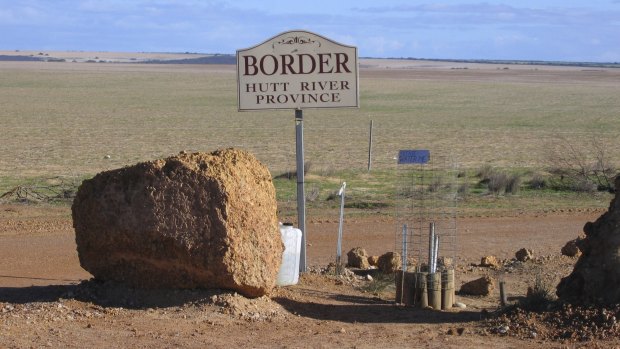
In 1970, following a dispute with the Western Australia government over wheat quotas, Leonard Casley decided to take his family property almost 600 kilometres north of Perth out of the Commonwealth of Australia and founded the Principality of Hutt River.
Styling himself His Majesty Prince Leonard I of Hutt, Casley operated his fiefdom as a separate and independent entity, welcoming visitors, issuing its own passports, stamps, currency and refusing to pay income tax.
Although the principality had no independent legal status, Casley maintained a series of lively battles through the courts, at one stage declaring war on Australia, believing that would confer legal status as an independent state.
Eccentricity does not sell as well as it once did and in December 2019 the principality announced the closure of its borders and the cessation of operations as a tourist facility, effective from January 31, 2020.
Chinese gold miners
In 1855, the Victorian parliament passed the Victorian Act which levied a tax of £10 per person on the master of a vessel for every Chinese migrant disembarking in Victoria. That tax was aimed squarely at the influx of Chinese heading for the newly discovered gold fields of Victoria.
Ten quid was a considerable sum back in those days and since it was the Chinese miner who would be paying the tax and not the ship's captain, many chose to disembark at Robe in South Australia and march several hundred kilometres overland to reach the gold diggings at Ballarat, Castlemaine and Bendigo.
Cameron Corner
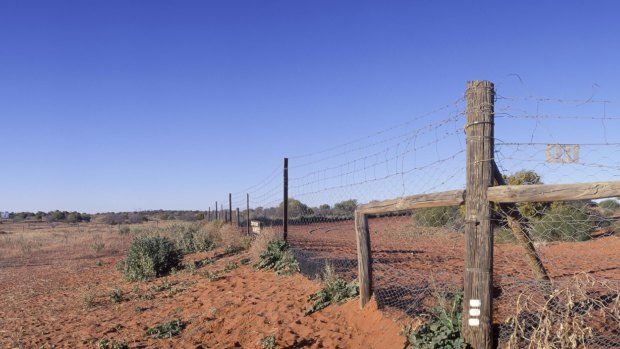
Credit: iStock
At the intersection of NSW, Queensland and South Australia, this is one of four places in Australia where three states meet.
It is right alongside is the famous 'dog fence', the world's longest, running for 5000 kilometres along the South Australia-NSW border. The nearest town is Tibooburra, in NSW, and despite its population of just 135, the town's facilities are far greater than its size might suggest.
Tibooburra has a long association with Australian exploration. Charles Sturt passed through in 1845, searching for Australia's inland sea – and dragging a whaleboat in his supply train. He was followed by Burke and Wills on their way from Menindee to the Gulf of Carpentaria in 1860.
The local pub, the Family Hotel, standing since 1882, has plenty of stories to tell. The walls have been decorated by some of the greats of Australian art – Russell Drysdale, Eric Minchin and, most conspicuously, Clifton Pugh, a one-time owner, whose paintings leave nothing to the imagination.
Norfolk Island
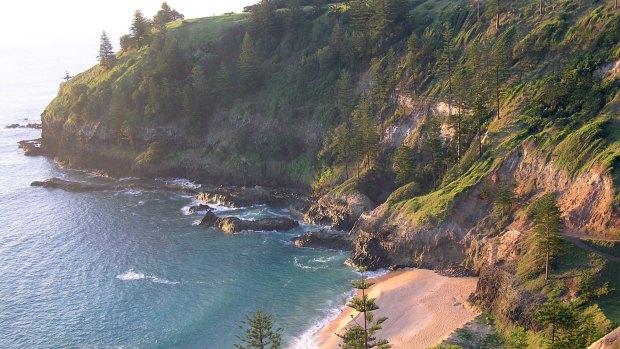
Credit: iStock
There once was a time when Australians travelling to Norfolk Island were required to produce a passport. That was to stop the entry of criminals and troublemakers, which is surprising since a significant number of the island's population were descendants of the mutineers who cast Captain Bligh adrift from HMS Bounty.
At the time the island received financial support from Australia while exercising limited self-government, which conferred some considerable benefits, such as excusing its residents from paying income tax. Photo ID is still required for clearance by Australian Border Force, and a passport is recommended since incoming flights are occasionally diverted to New Zealand.
Cocos Keeling Islands
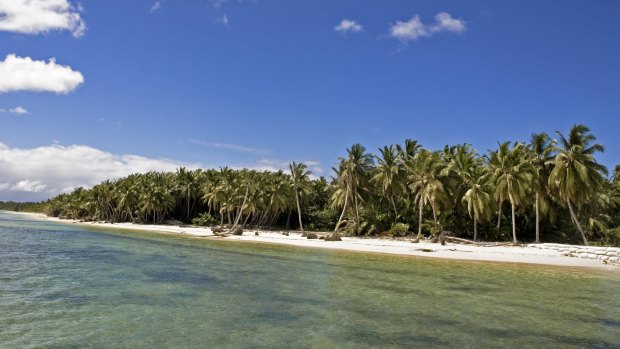
Credit: iStock
An Australian external territory 2750 kilometres northwest of Perth, these two coral atolls consist of 27 small islands, only two of which are inhabited.
The majority of the population of 600 are descendants of the Malays brought here to work the coconut plantation in the 1800s by John Clunies-Ross, a Scottish merchant, whose family ruled the island as private fiefdom for almost 150 years.
In 1955 the British Government transferred ownership to the Commonwealth of Australia and in 1978 the Australian government purchased the islands from the Clunies-Ross family.
It's a palmy paradise, ideal for a COVID-19-free getaway, but only visitors who have spent the previous 14 days in WA are welcome, the rest go into quarantine. Either a passport or an Australian-issued photo ID gets you through the door.
Lord Howe Island
As part of the state of New South Wales, that state's laws apply to this crescent-shaped island 600 kilometres east of Port Macquarie. Therefore its motorists need to take care to avoid splashing mud on public bus passengers. Failure to do so can lead to a fine of $2200, according to the Regulation 291-3, Road Rules 2014 (NSW).
However, if the island was governed by the laws of the state of Victoria, doing business with pirates could land you in the slammer for 10 years, and that's far more likely to strike fear into the hearts of Lord Howe Islanders.
See also: Want to enter Queensland? You'll need this permit
See also: Tasmania seeks ways for travellers to bypass Victoria
Sign up for the Traveller Deals newsletter
Get exclusive travel deals delivered straight to your inbox. Sign up now.